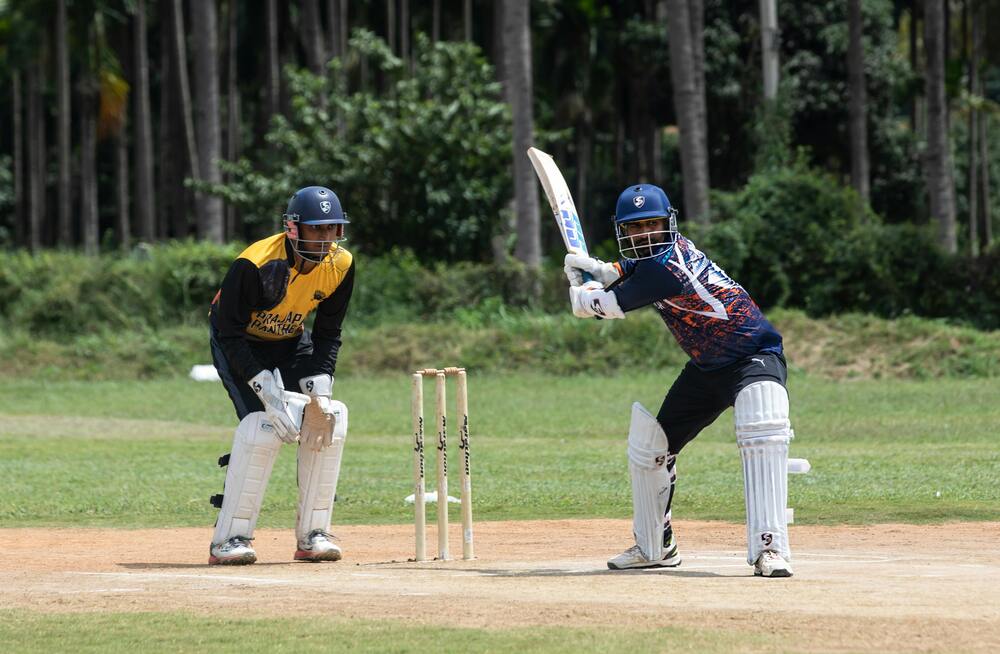Cricket, one of the world’s oldest and most beloved sports, has undergone a dramatic transformation in its playing formats throughout history. From the timeless tradition of five-day Test matches to the explosive excitement of three-hour T20 games, each evolution has reshaped how athletes play and spectators experience this global phenomenon. Each change has influenced how players approach the game and how fans engage with it. This article examines the history of cricket’s formats, their development, and the effects on players and audiences.
The Origins of Test Cricket: The Classic Format
Test cricket started in 1877 when Australia and England played the first official match in Melbourne. This format tests players’ endurance and skill over five days, with each team batting twice. The slow, strategic nature of Test cricket rewards patience, technique, and adaptability. Legendary players like Sir Don Bradman and Sachin Tendulkar built their reputations through long innings and consistent performances in this format.
However, the long duration of Test matches made it difficult for many fans to follow. Crowds in stadiums began to shrink as people sought quicker entertainment. To keep the format alive, cricket boards introduced innovations like day-night Tests and the World Test Championship. These changes aim to maintain interest while preserving the traditional essence of the game.
One-Day Internationals: A Faster Alternative
The 1970s brought a major shift with the introduction of One-Day Internationals (ODIs). The first official ODI took place in 1971 between Australia and England, but the 1975 World Cup truly popularized the format. Originally, teams played 60 overs per side, later reduced to 50. ODIs provided results in a single day, making cricket more accessible to fans with limited time.
This format encouraged aggressive batting and tactical field placements. Memorable moments, like India’s 1983 World Cup victory and the 1999 Australia-South Africa semi-final, cemented ODIs as a fan favorite. The introduction of colored kits, floodlit matches, and fielding restrictions added excitement. While T20 cricket has gained more attention in recent years, ODIs remain important, especially during World Cups and major tournaments.
The T20 Revolution: Speed and Entertainment
The biggest change in cricket came with Twenty20 (T20) matches. The first official T20 international was played in 2005 between Australia and New Zealand. The 2007 ICC T20 World Cup, particularly India’s win, made the format globally popular. Lasting around three hours, T20 cricket focuses on fast scoring, innovative shots, and energetic fielding.
The Indian Premier League (IPL), launched in 2008, transformed T20 cricket into a major entertainment spectacle. Other leagues, like the Big Bash League and the Caribbean Premier League, followed, attracting global talent. Players like Chris Gayle and AB de Villiers became stars by mastering power-hitting and quick scoring. The format also introduced new strategies, such as specialized bowlers for the final overs and aggressive opening batsmen.
How Players Adapt to Different Formats
Modern cricketers must adjust their skills for Tests, ODIs, and T20s. Test specialists focus on patience and technique, while T20 players prioritize power and quick decision-making. All-rounders like Ben Stokes and Virat Kohli excel in multiple formats, showcasing versatility.
However, the demands of playing all three formats have led to concerns over player fatigue. Many now choose to specialize in one or two formats to extend their careers. Some even prefer T20 leagues over international cricket due to higher earnings and shorter schedules. This shift has sparked debates about the future of bilateral series and player loyalty.
How Fans Experience Cricket Today
The rise of T20 cricket has changed how audiences engage with the sport. Traditional Test matches attract purists who appreciate long-term strategy, while T20 leagues draw casual fans with fast-paced action. Broadcasters and sponsors heavily invest in shorter formats, making them financially dominant.
Stadium atmospheres also differ—Test matches offer a calm, traditional setting, while T20 games include music, cheerleaders, and fireworks. Digital platforms and fantasy cricket have further increased fan involvement, making the sport more interactive.
What Lies Ahead for Cricket?
Cricket must balance tradition and innovation to thrive. While T20 dominates commercially, Test cricket retains historical significance. New ideas, like The Hundred and day-night Tests, attempt to merge old and new elements. Technology, such as real-time analytics and advanced broadcasting, will continue shaping the game.
The sport’s evolution mirrors broader changes in entertainment preferences. Whether through the patience of Tests, the balance of ODIs, or the thrill of T20s, cricket offers something for everyone. The challenge is ensuring all formats remain relevant while embracing progress.
By understanding its past and adapting to modern demands, cricket can maintain its global appeal for future generations.



